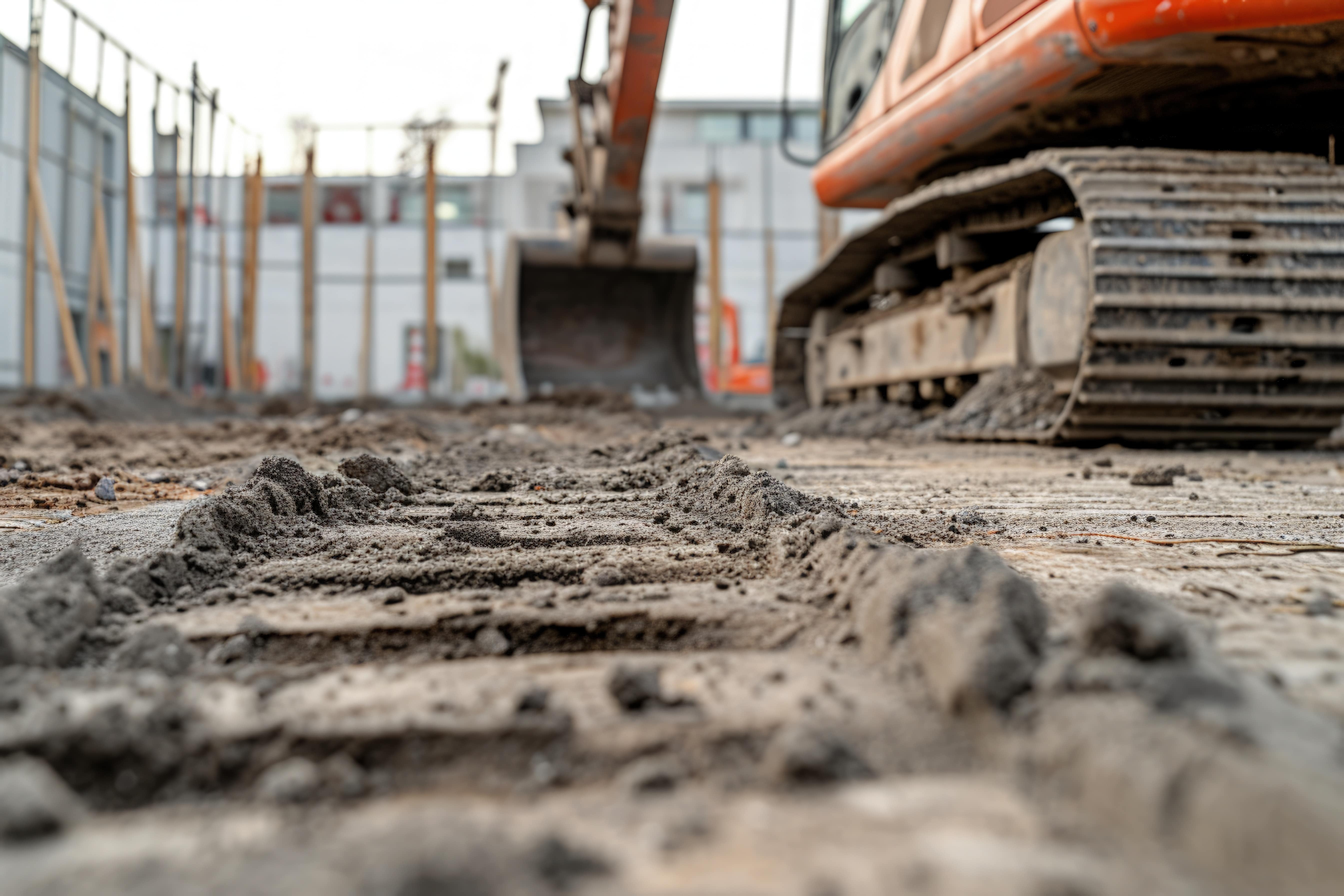How does Controlled Demolition Work?
December 29, 2024

A controlled demolition using explosives is an exciting event to watch. Professionals strategically use controlled explosives to demolish large buildings, chimneys, and cooling towers. Are you curious to learn more about controlled demolition? Then the following discussion is for you. You will learn how demolition contractors set up the entire process of demolishing a large building with controlled explosives. You will also know that its benefits and safety concerns must be considered. Let's discuss controlled demolition in detail now.
How do demolition contractors set up controlled demolition?
Controlled demolition with explosives is also known as an implosive method of demolition. Contractors use explosives of limited strength and place them in critical support areas of a large building. Demolition experts take weeks or more to place explosives in different areas of a building strategically. The planning and sequential blasting of explosions is the key to safely demolishing a large building. Once all the explosives are placed, they are connected by wire to a single switch. Generally, explosives are placed at the support structures of lower floors and then on some higher floors. However, you can use multiple explosives on floors in between the floors with explosives. It will help create smaller chunks of concrete to help remove debris from the site.
When do I use controlled demolition?
Controlled demolition with explosives is unsafe for you to handle alone. You must contact a professional demolition contractor with experience handling implosive demolition projects. That being said, controlled demolition is used to bring down a large building or concrete structure. Needless to say, it is a highly challenging job for demolition contractors. An implosive demolition technique is used when a large building or concrete structure needs to be destroyed. A controlled demolition approach is more feasible.
What are the benefits of controlled demolition?
Firstly, the entire controlled demolition process is more time-efficient than manual demolition. Experts analyse the building structure and place explosives in all the critical support structures of the building.
Secondly, the demolition process can be done precisely as per planning. If the demolition experts prefer to shift the debris to any particular side, they can do so by donating explosives on that side. For example, if they wish to change the weight of the building to the north side, they can first detonate explosives on the north walls.
Thirdly, a controlled demolition does not produce prolonged noise pollution compared to the manual demolition method.
Safety concerns for controlled demolition
Before conducting an implosive demolition, experts must ensure safety measures.
Surrounding buildings and human lives
Protecting surrounding buildings and human lines is a priority for completing a controlled demolition. Before demolition, people around the building are notified and asked to evacuate. All the doors and windows of surrounding buildings should be closed so that dust particles may not enter their premises.
Wildlife protection
The demolition of the building should not harm wildlife surrounding the area. Fencing off the surrounding area and the demolition should be controlled, and debris should fall within its premises.
Dust control
Controlling dust after demolition is an important task that all contractors must complete. Industrial vacuums and large water sprayers can be used to prevent the spread of airborne dust particles.
Are there any guidelines for controlled demolition in the UK?
There are a few guidelines and laws in the UK that a demolition contractor and the property owner must follow. It includes:
1. Health and Safety at Work Act 1974: It covers the occupational health and safety guidelines in Great Britain.
2. Construction (Design and Management) Regulations 2015 (CDM 2015): This regulation determines the responsibilities of clients, contractors, and designers to manage risks during demolition. It also involves creating and following a Construction Phase Plan.
3.BS 6187:2011 Demolition Code of Practice: This code of practice provides detailed guidelines regarding complete and partial demolition in the UK. It came into force in January 2011 and replaced the 2000 edition.
Final thoughts
A controlled demolition can benefit you if the building or concrete structure is enormous and may take much time and labour to demolish manually. Besides, controlled demolition is more accurate and does not cause long-term noise pollution. But you should always get it done by a professional demolition contractor. Demolition Contractor London is a reliable and trustworthy demolition contractor. You can hire us to demolish residential, commercial, or industrial properties. Contact us today to experience state-of-the-art demolition technology and practices.
Recent Blogs
- On-site Concrete Crushing: A Sustainable Way to Manage Concrete Waste
- What Is Hydrodemolition and Why Is It Gaining Popularity in the UK?
- Why You Need an Asbestos Survey Before Demolishing a Building in the UK
- Managing Noise and Dust: Environmental Considerations in Demolition
- Top 7 Signs to Know It's Time to Demolish Your Old Building